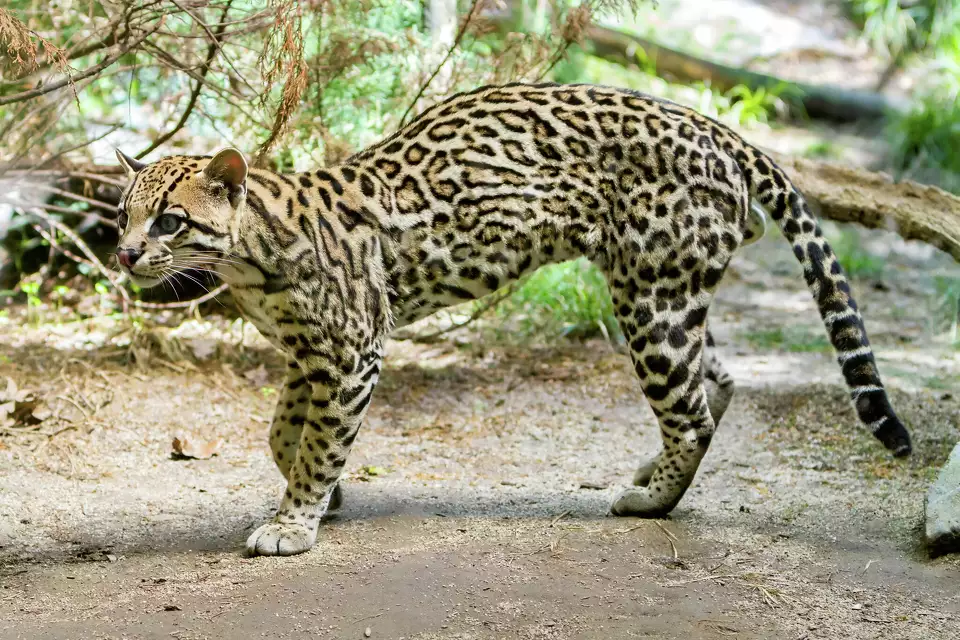New findings suggest more ocelots in Texas than previously thought
Approximately 100 ocelots have been documented in South Texas.
By Ariana GarciaApril 22, 2024
Recent DNA testing on a deceased ocelot suggests the wildcat came from a region of South Texas not yet known to researchers.

eli77/Getty Images/iStockphoto
The results of a recent DNA test on an ocelot found dead three years ago in Hidalgo County suggests there may be more of the endangered wildcats in Texas than previously thought. Scientists studying samples collected from a male ocelot that had been killed after being hit by a car along Highway 281 in 2021, determined the feline was not only related to breeding populations in deep South Texas but also shared the same DNA as ocelots found in northeast Mexico.
It's the first time that an ocelot has been found outside of its known range in the U.S., according to Tom DeMaar, former Gladys Porter Zoo veterinarian. "It makes you wonder; how many more ocelots are hidden out there?" DeMaar, who is also a member of the board of directors for Friends of Laguna Atascosa National Wildlife Refuge, said in a statement. Approximately 100 ocelots have been documented in South Texas between Laguna Atascosa Wildlife Refuge in Cameron County and private lands in Willacy County, according to Defenders of Wildlife, a U.S. conservation organization.
"The results suggest that this cat possibly occupies a region of South Texas not yet known to ocelot researchers," said Sharon Wilcox, senior Texas representative for Defenders of Wildlife, in a statement. "Hidalgo County may have more ocelots present in its more remote sections where appropriate habitat and access to prey exists."
Last year, an ocelot mother and her kitten were recently spotted crossing a road in South Texas near the Laguna Atascosa National Wildlife Refuge.

Jake Strouf
Once found across much of Texas, ocelots have been listed as endangered since 1982 because their habitat has been cleared for farming and growth of cities, according to the Texas Parks and Wildlife Department. Roadways are also a significant threat to these wild cats, as the leading known cause of death for ocelots in Texas is vehicular strikes. The country's only remaining breeding ocelot populations occur in deep South Texas along the Gulf Coast.
Scientists said the recent findings are encouraging as efforts ramp up to conserve ocelots and their habitat in the state. In March, the U.S. Fish and Wildlife Service and the East Foundation signed a Safe Harbor Agreement to aid in the recover and reintroduction of ocelots to South Texas.
New findings expand known ocelot range in Texas (chron.com) |






